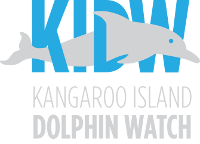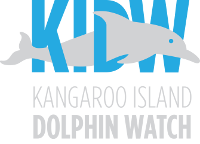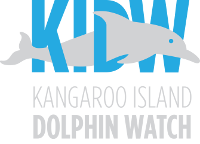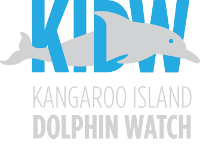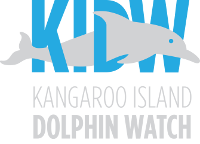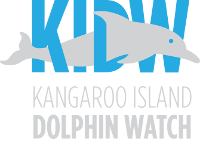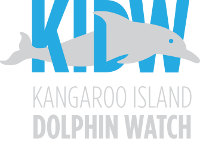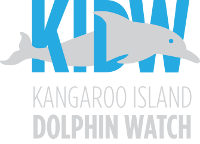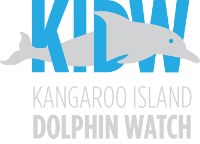Long term charter fishing skipper Philip “Scratchy†Connell reported a very unusual observation from Sunday 10th April. While travelling out from American River, between the 3rd and 4th channel markers, an Eagle Ray was seen to jump clear of the water, apparently attempting to escape and “fly†away. Closer inspection indicated two adult dolphins and a juvenile attacking the ray in 1.8 metres of water. After 5 – 10 minutes of sustained attack the ray was left upside down, inert, apparently dead on the sea floor as the dolphins moved off. In all his years of fishing Philip reports he has never seen anything like this before. Neither had any of the six people on board at the time.
In the book “The Bottlenose Dolphin: Biology and Conservation†by John E. Reynolds III, Randall S. Wells and Samantha D. Eide on page127 the following quote is made.
“As noted earlier, dolphins also interact with stingrays, sometimes with fatal results. Because dolphins and stingrays share the same shallow aquatic habitat they are bound to come into contact. Physical contact by the dolphin can result in dolphin injury and mortality. Stingray barbs have been found in a number of animals along the central west coast of Florida since 1987. At least four dolphins between 1987 and 1992 died because of these barbs.â€

